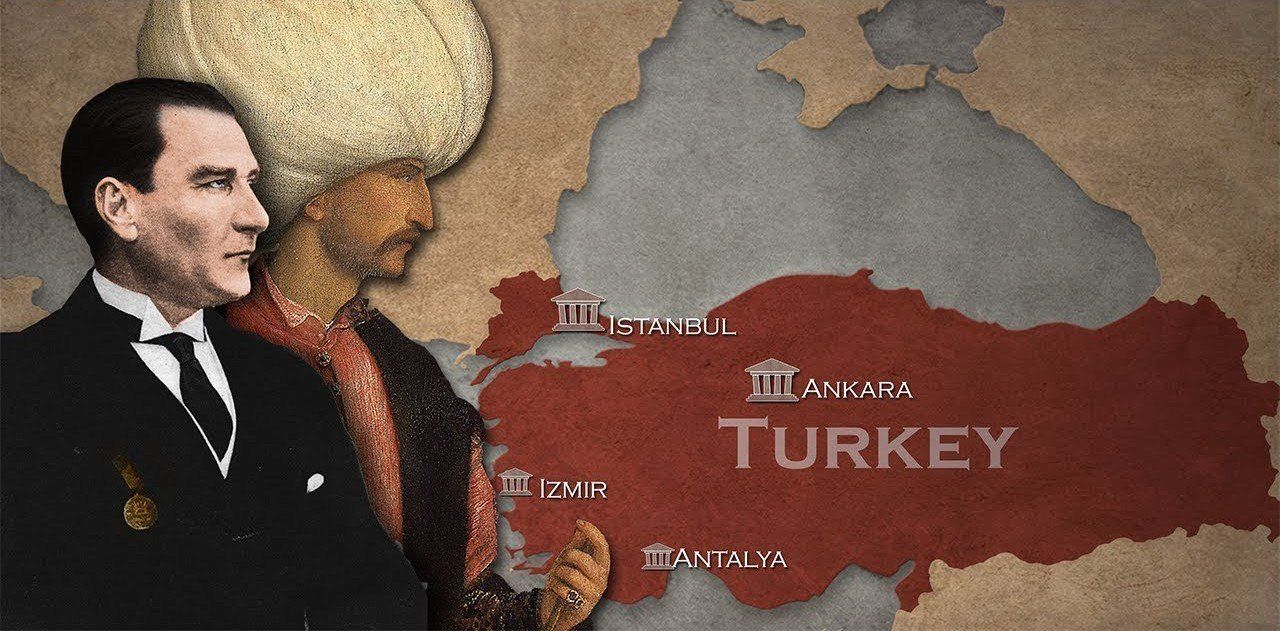Turkey’s climate
May 8, 2023

Weather in Turkey
Turkey is well known to be the cultural meeting point between east and west. The weather in Turkey is also a meeting point for several distinct climates and weather patterns. The coastal areas along the Mediterranean and the Aegean Seas enjoy Mediterranean climates, characterized by cool, wet winters and hot, dry summers. These coastal regions are popular with tourists during the summer period from the end of May to September.
The climate in the Aegean region of Turkey is great throughout the year, even during European winter. The climate in Turkey along the eastern part of the country is best enjoyed in late spring (from April to May) or early autumn (September to early October). Turkey’s climate and weather along the coast of the Black Sea is a continental climate.
The four seasons are very distinct and in summer the cities and towns bordering the Black Sea are inundated with tourists and holiday makers eager to enjoy the summer weather. The climate of the Anatolian Plateau is a steppe climate (there is a great temperature difference between day and night). Rainfall is low and there is more snow. In Western Anatolia, there is a mild Mediterranean climate with average temperatures of 9 °C in winter and 29 °C in summer. On the southern coast of Anatolia, the similar climatic condition is observed. The climate of the Anatolian Plateau is a steppe climate.
There is a great temperature difference between day and night. Rainfall is low but it usually in form of snow. The average temperature is 23 °C in summer and -2 °C in winter.
The climate in the Black Sea area is wet, and humid (summer 23 °C, winter 7 °C). In the Eastern Anatolia region there is a long winter, and snow remains on the ground from November until the end of April (the average temperature in winter is -13 °C and in summer 17 °C). In the South-Eastern Anatolia region, summers are hot and dry, with temperatures above 30 °C. Spring and autumn are generally mild, but during both seasons sudden hot and cold spells frequently occur in the region. Seasons:
Summer in Turkey
Summer is the highest season for visiting Turkey to experience warm summer temperatures, swimming, sun bathing, seaside restaurants, summer garden terraces and rich nightlife. Summer season in Turkey (June, July, August) is quite hot in five of Turkey’s seven distinct climatic regions, though usually rainless, and cool inland in the evenings. The Aegean and Mediterranean coasts have cool, rainy winters and hot, moderately dry summers.
Winter in Turkey
Winter season is one of the best times to visit Turkey, to experience authentic local life, skiing and other winter sports. Winter season in Turkey (December, January, February) can be chill, rainy and snowy, with occasional cold but sunny days, everywhere except the southeast, which remains temperate, but lower prices and fewer tourists are compensations. Turkey receives most of the rainfall in the winter season.
Spring in Turkey
Spring season is very well for visiting Turkey to experience beautiful nature, local life, mild temperatures and smaller crowds. Spring in Turkey (March, April, May) is prime because the weather is moderate throughout the country and the days are long.
Autumn in Turkey
Autumn season (September, October, November) is very good for visiting Turkey with mostly mild weather to experience discovering historical sites, comfortable temperatures, local life and unique nature. The days are shorter, and rain may begin again in October in Turkey.
Topographic Regions of Turkey
About 3 percent of the territory in Turkey belongs to the European region known as Thrace. This region shares borders with Greece and Bulgaria. It is separated from the Asian portion of Turkey by a series of waterways that connect the Black Sea with the Aegean Sea. The rest of the country is located in Asia, mostly on the peninsula of Asia Minor, which is the westernmost extension of the continent. This region is also called Anatolia, or simply Asiatic Turkey.
Turkey’s terrain is structurally complex and divides into five regions: the Black Sea region in the north; the Sea of Marmara region in the northwest; the Aegean Sea region in the far west; the Mediterranean Sea region in the south; and the Anatolian Plateau region in the country’s center. All of the regions share a generally mountainous terrain, and many large lakes and rivers appear throughout the Turkey.
You might also like

May 8, 2023
Trendyol
A trendy website that started its activity as a clothstore in Turkey, later it turned into a complete online store. Trendyol is considered one of the most successful businesses in Turkey.Undoubtedly, all those who live in Turkey are familiar with this website. Verypleasant personal experiences in shopping from this Turkish platform have beenrecorded in the opinion of many people to date; So that people from all overthe world have become familiar with this brand. In this article, we introducethis popular platform and how to buy from it.

May 8, 2023
Turkish Residence Card
The Turkish residence card is called “Kimlik kart” which means"identity" in Turkish. It is a card that foreigners obtain from theImmigration Department after confirming that they shall stay for longer time inTurkey. Of course, this card does not mean Turkish citizenship.The“Kimlik” Card has a validity period of 6 to 24 months, the type of the “kimlik”depends on the type of your stay and your application.

May 8, 2023
History of Turkey
Turkey is a country with a very rich history which can be divided into 4 parts; From the time of Anatolia until The Republic of Turkey which was established by Atatürk. Ata means "father"in Turkish; Atatürk is known as the father of Turkey and his real name isMustafa Kemal Pasha.Many tourists travel to turkey every year to see the historical places of this country. The tourism industry has always been very prosperous, the government has also provided many ways to invest and to obtain residency in this country so easily.


.svg)
.svg)

.svg)

.svg)
